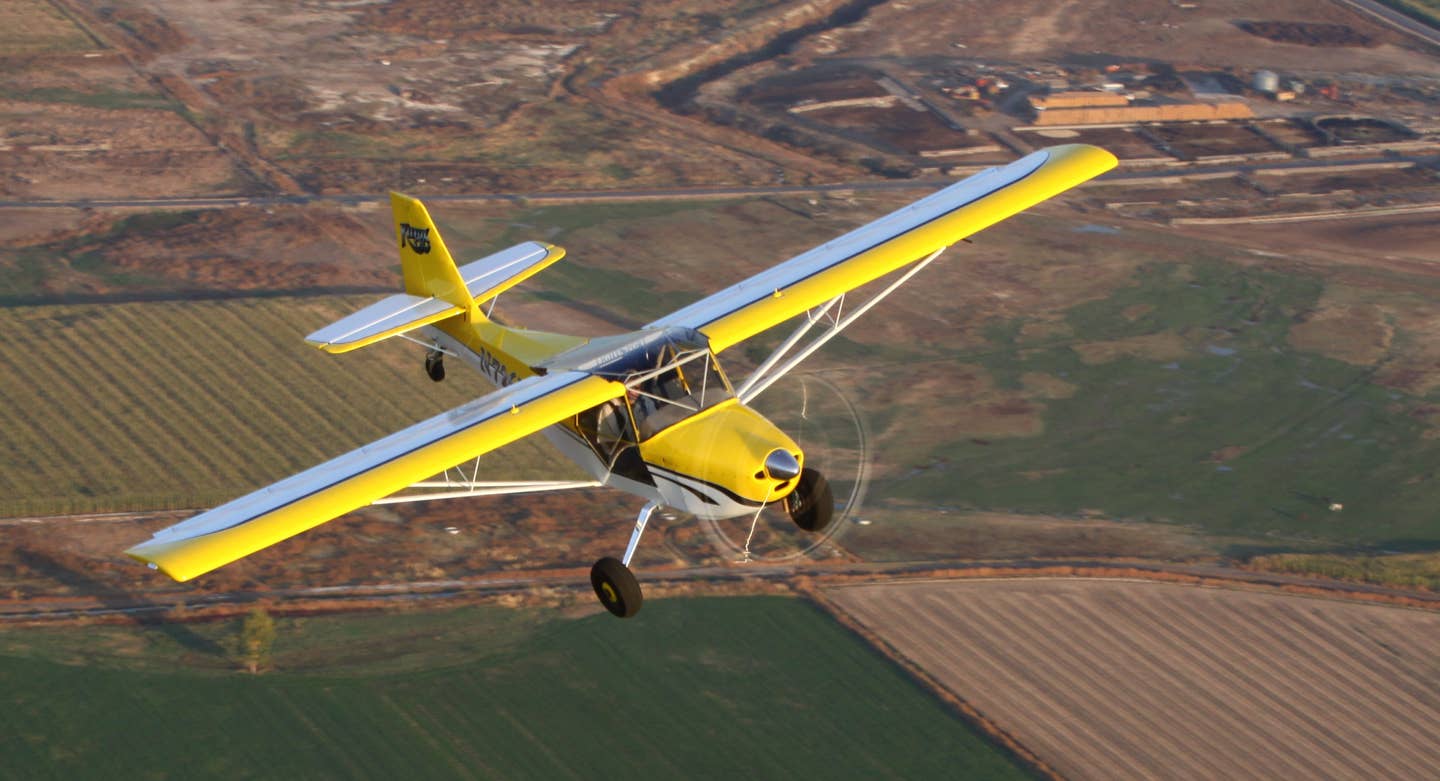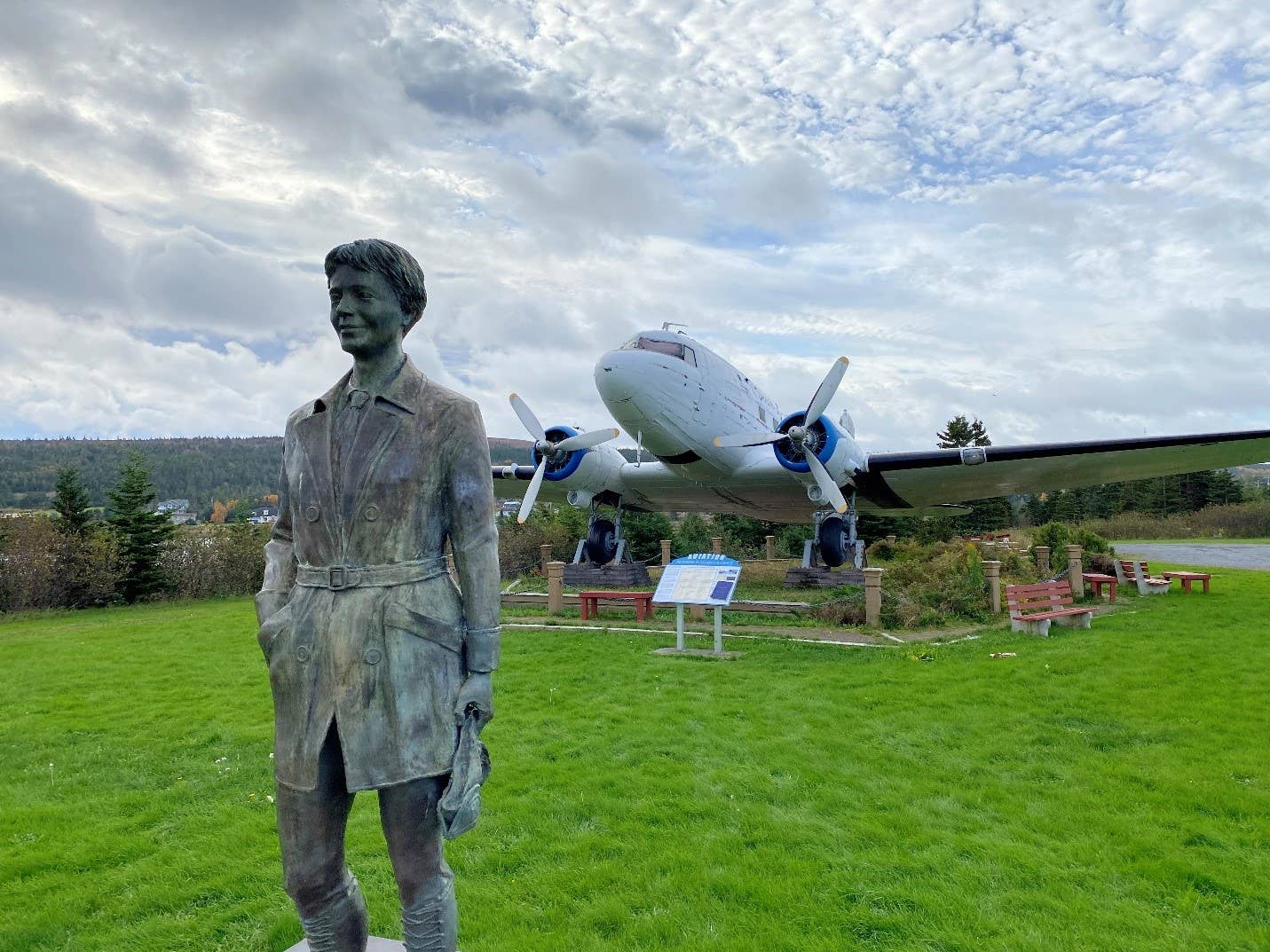Kit-Aircraft Manufacturers: OK So Far (UPDATED)
While Boeing and Textron have shut down manufacturing facilities already, it’s not yet the same for smaller manufacturers and service providers. Many small manufacturers have been able to stay open…

While Boeing and Textron have shut down manufacturing facilities already, it’s not yet the same for smaller manufacturers and service providers. Many small manufacturers have been able to stay open with a combination of work-from-home employees, reconfigured manufacturing layouts, staggered shifts and other tweaks. While everyone has seen temporary hits to productivity, these smaller companies have, for the most part, been able to keep working. All of them, however, have stopped in-person features like factory tours and have, where possible, made changes to enable safe in-person pickup.
In Homedale, Idaho, Kitfox Aircraft continues to work. “First of all, we’re making sure all of our employees are well,” says John McBean, company owner. “We have a large enough workspace that we can maintain distancing and still work. We have stopped factory tours, but we’re still able to produce and ship airframe components and send parts to our builders.” Asked if COVID-19 has become an issue on the income side, McBean says no. “We’re still getting orders and staying busy. But we also have a huge backlog that’ll take us some time to get through. But we haven’t seen the virus impact sales yet,” he says.
Over in Wisconsin, Sonex Aircraft remains open. General Manager Mark Schaible says, “We are good. We have unmanned contracts involving both the Army and Air Force, so we have plenty of cash flow and are able to stay open as part of the Defense Industrial Base” because they’re considered an essential business or service. His concern, like most in these smaller companies, is keeping the workforce safe and healthy. “Everyone who can work from home is doing so, and we’re trying to keep moving forward with bleach in-hand,” Schaible says. Trying to find something positive, he says, “the good news is, everyone has lots of alone time to work on airplane projects,” which will help aircraft get finished and provide Sonex and other manufacturers with revenue from kit installments and parts.
Zenith Aircraft, in Mexico, Missouri, has also been able to keep the production lines rolling and has even rolled out an innovative virtual builder workshop to take the place of the traditional in-person versions it's been doing for years. "Like everyone else, Zenith Aircraft has been impacted by the COVID-19 coronavirus pandemic," says company president Sebastien Heintz. "While the Zenith kit factory is located in a rural area and there have been no reported cases of the coronavirus in the immediate area, we have been 'social distancing' ourselves to minimize the potential spread of the virus, and following additional sanitizing procedures for people and work area. To date the Zenith Aircraft factory remains open, and we continue to answer phone calls and make shipments." He also says that parts are in good supply for existing aircraft. "Since Zenith manufactures most of the parts in-house (and we do not rely on outsourced / imported kits), we do not expect any delays in parts and kit deliveries." Zenith has closed its factory to drop-in visits but is allowing those in by "special appointment." Heintz makes a good point that "an airplane project (whether building in a garage or shop, or in the air) is a great activity in this time of required social distancing."
Van’s Aircraft, the largest kit manufacturer, also continues in operation with similar restrictions and by having as much of its staff work from home as possible. Manufacturing continues, though the office is closed to visitors and, obviously, the company is not conducting factory tours. Van’s had to transition to a new phone system early in the crisis but that’s now complete and “we are able to take orders, perform limited phone support, build parts and ship kits,” the company says. "There are some functional changes regarding order management and returns that reflect the company having fewer people in the plant. We’ve also instituted additional internal cleaning and separation practices for employees to follow, and provided supplies to enable them to do so.” In addition, Van’s said that “we have implemented the following changes to our operations, which will impact our customer interaction with the intent of making sure we do what we can to proactively prevent virus spread: We have suspended factory tours for now, and will review this decision as the situation evolves; and we have suspended scheduling of demo flights at all locations (on both West and East Coasts) for the next three weeks and will make a determination when to resume as the situation evolves.”
Almost next door to Van’s is Pacific Coast Avionics. While they have some work in the experimental sector, most of their business is on the certified side with avionics installs. “We have a lot of work scheduled through July,” says General Manager Dewey Conroy. “And that’s continuing. It’s not hard for us to keep a safe distance at our facility,” he says. Given that the company’s footprint rambles across three large hangars at the Aurora State Airport in Oregon, that’s not a huge surprise. “It’s one technician per airplane, usually, and that helps them keep a safe distance,” Conroy says. “We have had the phone calls slow quite a bit, and we’ve had to lock our door with a sign saying that we’re still open but we must control showroom traffic. It’s one at a time to be safe,” he says, noting it has not been a huge problem so far. However, this is the time of year when walk-in traffic starts to grow and COVID-19 already has had an impact.
Further up the West Coast in Washington, a state hit early and hard by COVID-19 cases, Glasair Aviation has closed its facility through “at least 4/8/2020.” Core to the company’s efforts is the Two Weeks to Taxi program and that would be impossible to keep running with the current expectations of social distancing. "Glasair Aviation is of course complying with our governor's 'stay-at-home' order and is therefore closed at this time. Our management team however will use this time to progress on several initiatives we've been working on over the winter," says CEO Randy Lervold. "We have been fortunate to have had no confirmed COVID-19 cases among our staff and appreciate all that is being done to manage the situation. With the first half of our traditional season of events now cancelled we are hoping to still be able to connect with our market at events that might remain during the second half."
Elsewhere in the state, Dynon Avionics is open and producing. Michael Schofield, Dynon’s director of marketing, says that while Dynon had some supply-chain issues early on, “by design, we already carry a fair amount of inventory on critical parts, so the effect has been modest.” Dynon had earlier delays delivering its SkyView HDX displays but the backlog has been cut in half. “We're catching up,” Schofield says. “Everything else is in stock and shipping.” Also of interest is how Dynon restructured its manufacturing, where it now has “every person separated from each other, [by] literally rearranging and spacing out our various manufacturing areas. We've also recently moved to two manufacturing shifts to further decrease the population density in the building at any one time,” he says. And like most, Dynon has moved “sales, marketing, support, engineering, and management staff” to home offices. Also of interest is that Dynon has published guidance on cleaning and disinfecting displays.
Of course, the longer-term question is what happens to kit and accessory sales beyond the immediate crisis. Pacific Coast Aviation’s Conroy says he’s “cautiously optimistic” about business by the end of the year, sensing this could be a “multi-month, not multiyear event.” Some companies with strong order books can sustain a period of no new sales and keep their existing workforce in place, but the double whammy of a difficult economic picture through the year and the chance that one or both of the large airshows will not come off at all paints the picture of an uncertain future.






